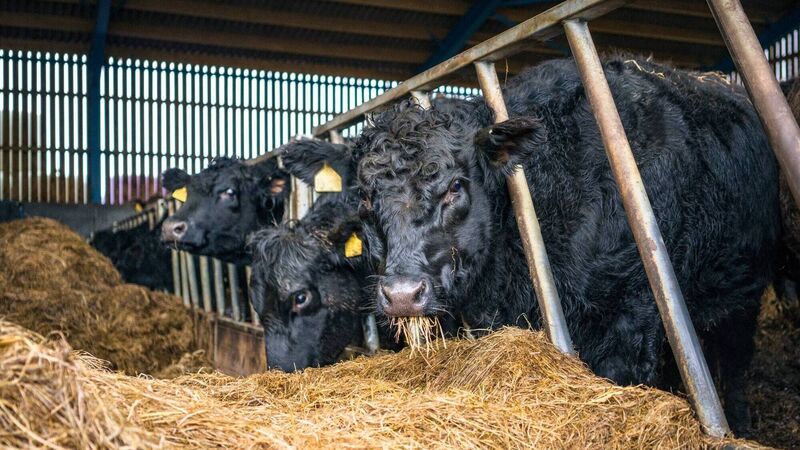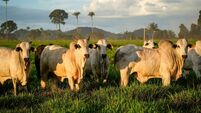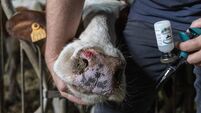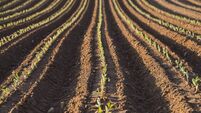Brian Reidy: Feed budget plans - how realistic are your projections?

There is little point in hoping for a four-month winter after our recent experiences. We must be realistic with any planning, advises independent ruminant nutritionist Brian Reidy.
One of the most pressing topics to come up at the recent discussion group meeting in West Tipperary was winter feed supplies.
I have been doing a lot of feed budgets for customers over the last few weeks, and while some are very tight on feed supplies based on a 180-day winter, many are very comfortable. I have been budgeting for the worst-case scenario of 180 days as last winter’s early start and late finish are still fresh in all our minds.










